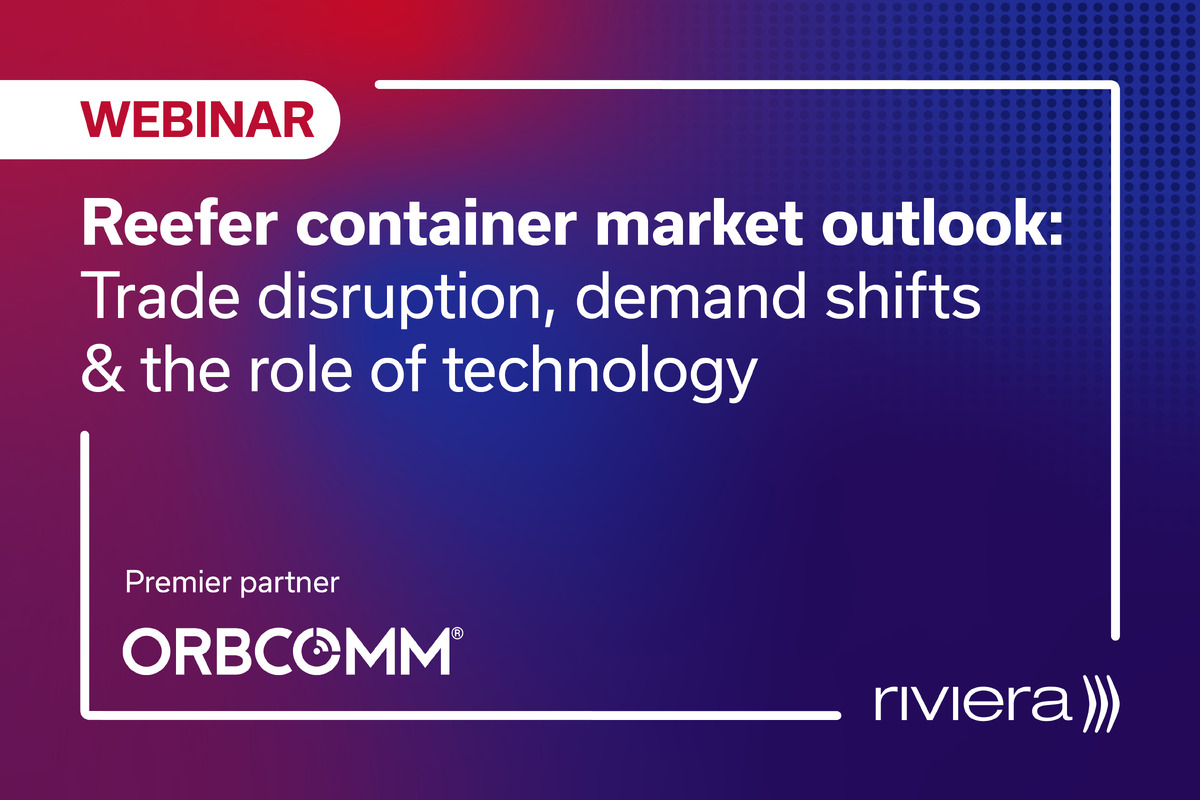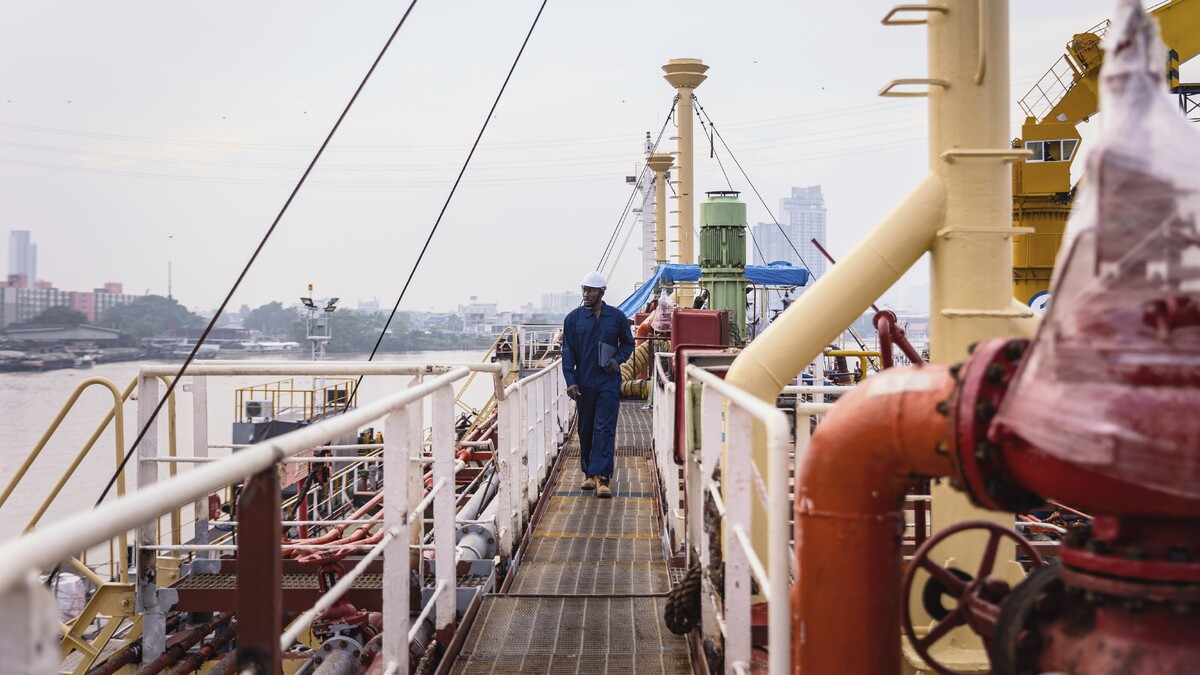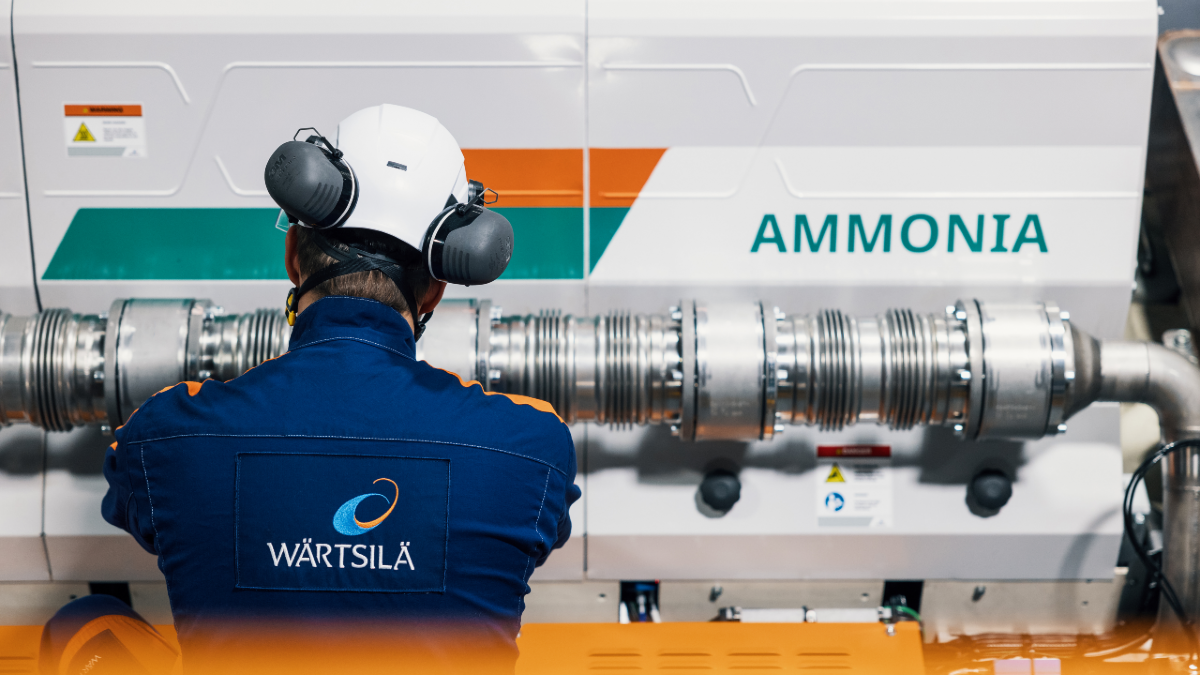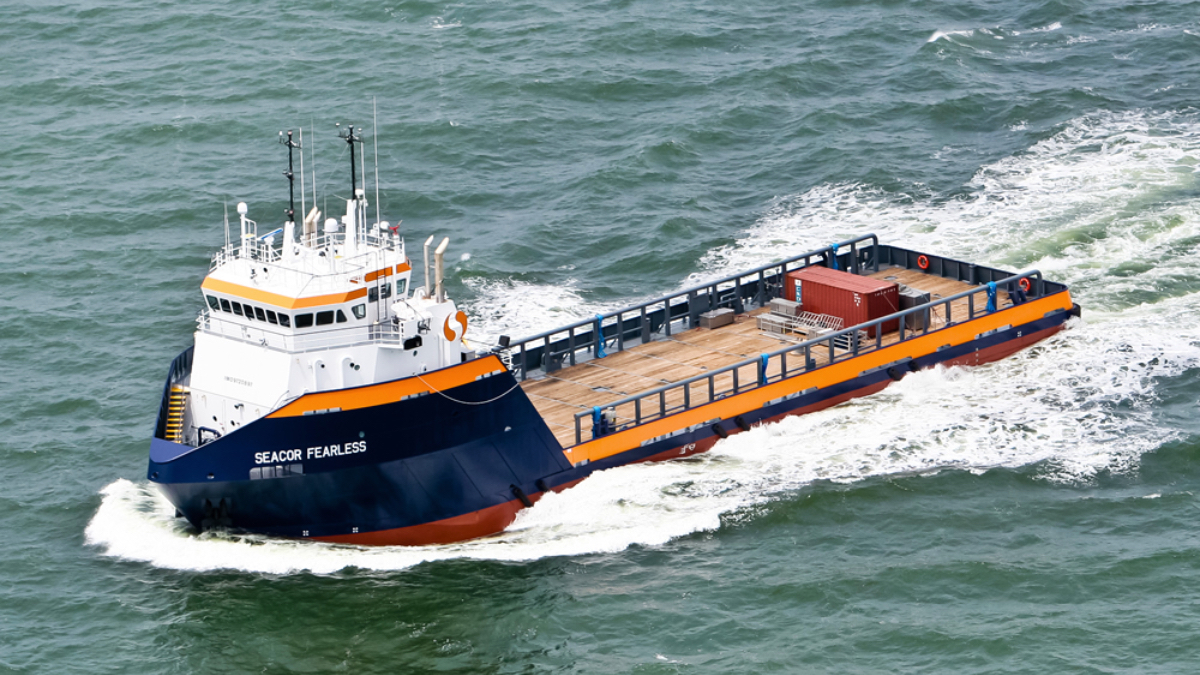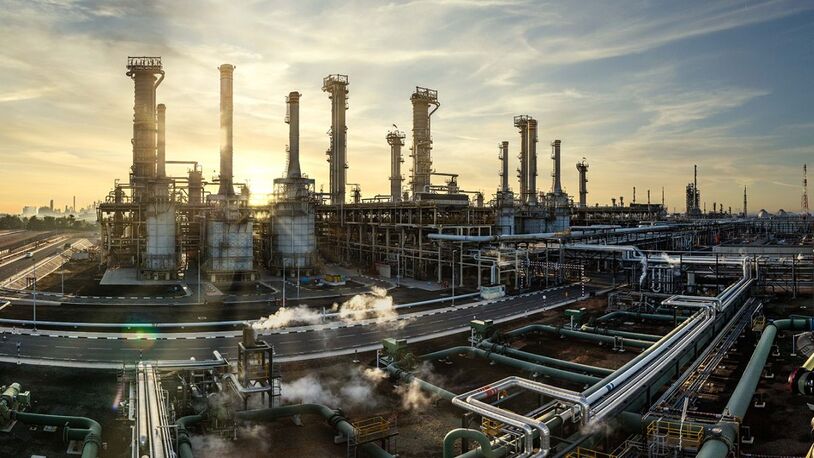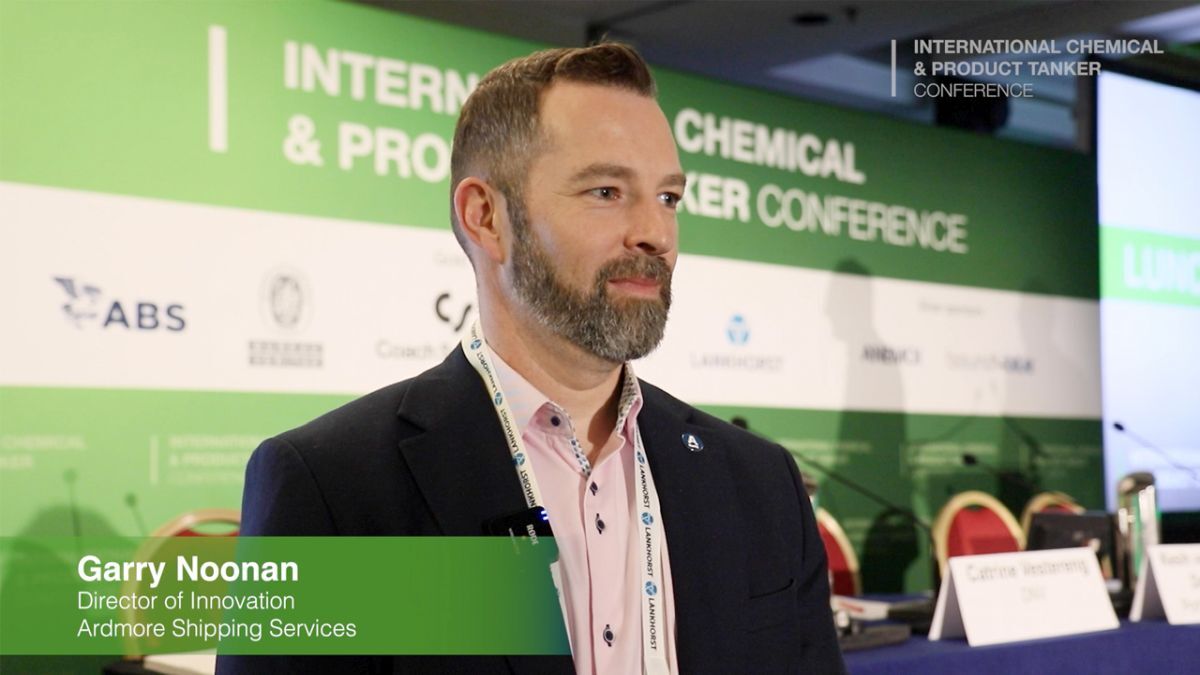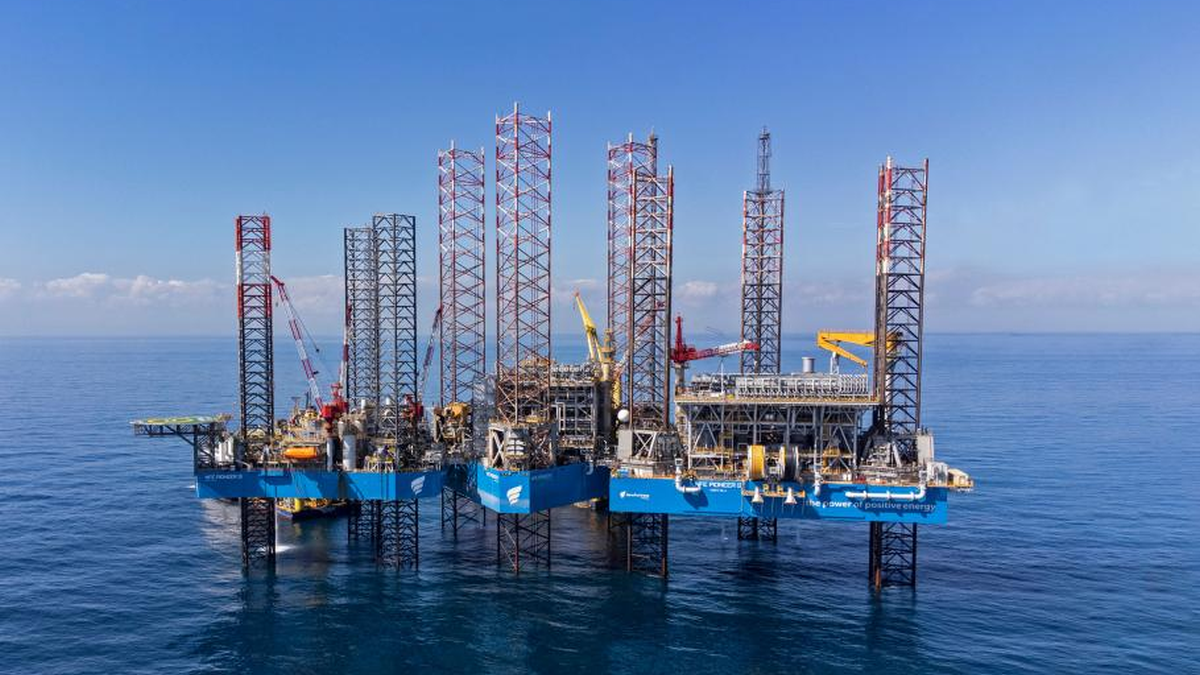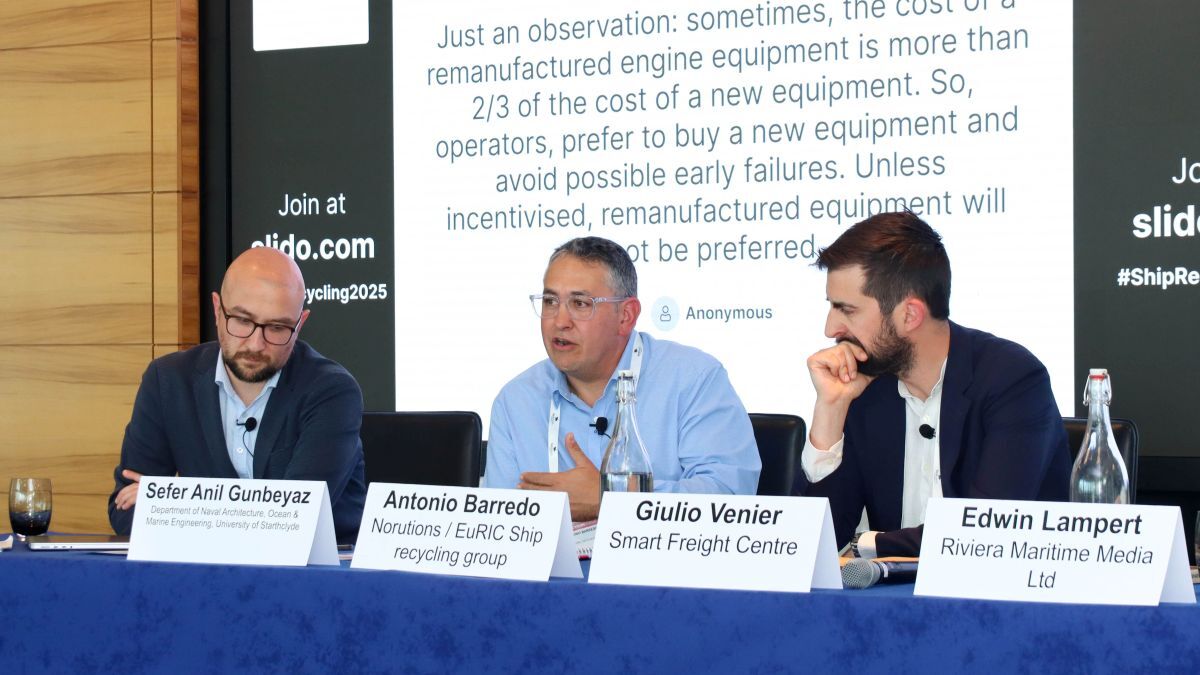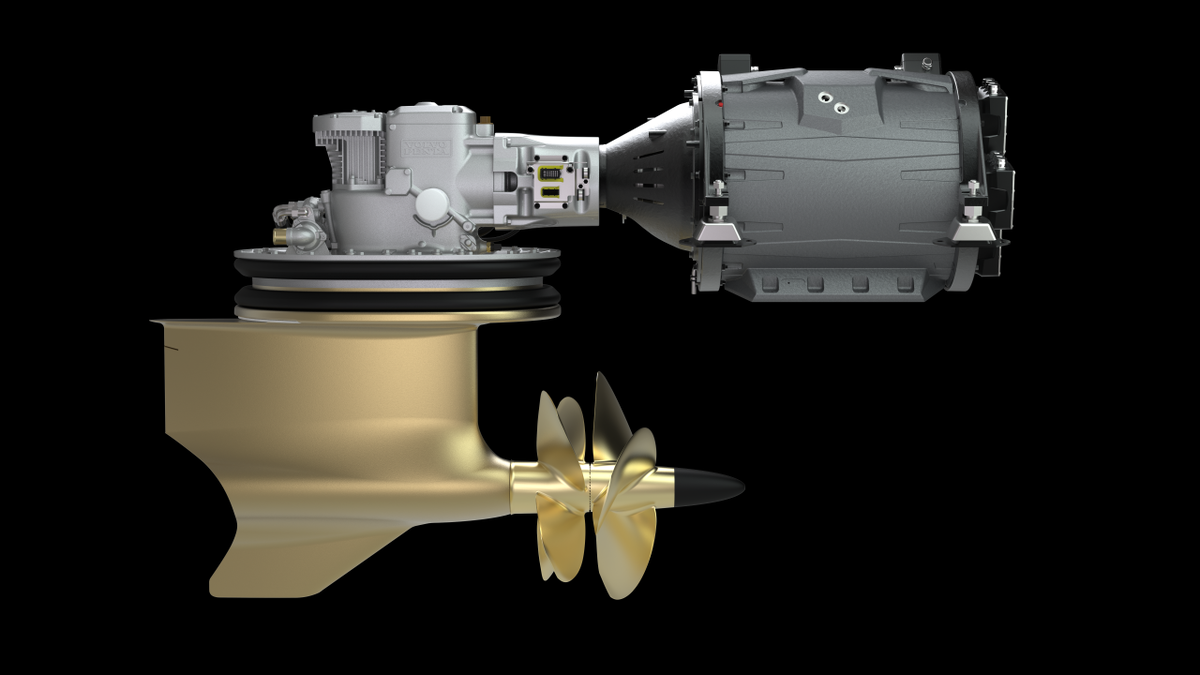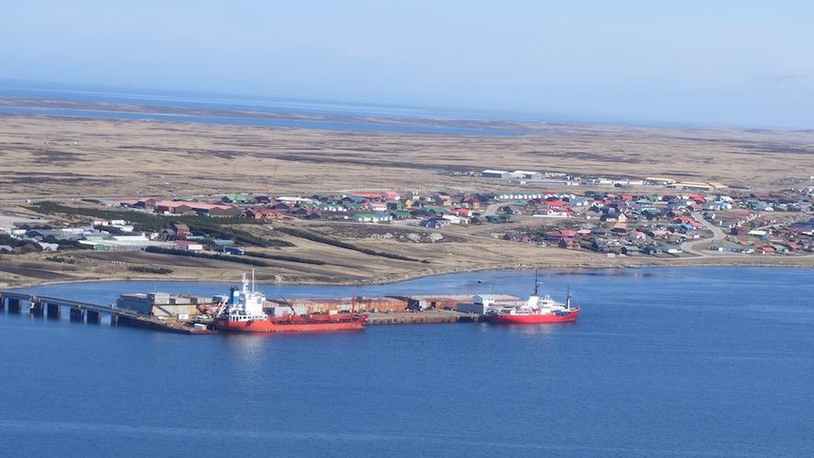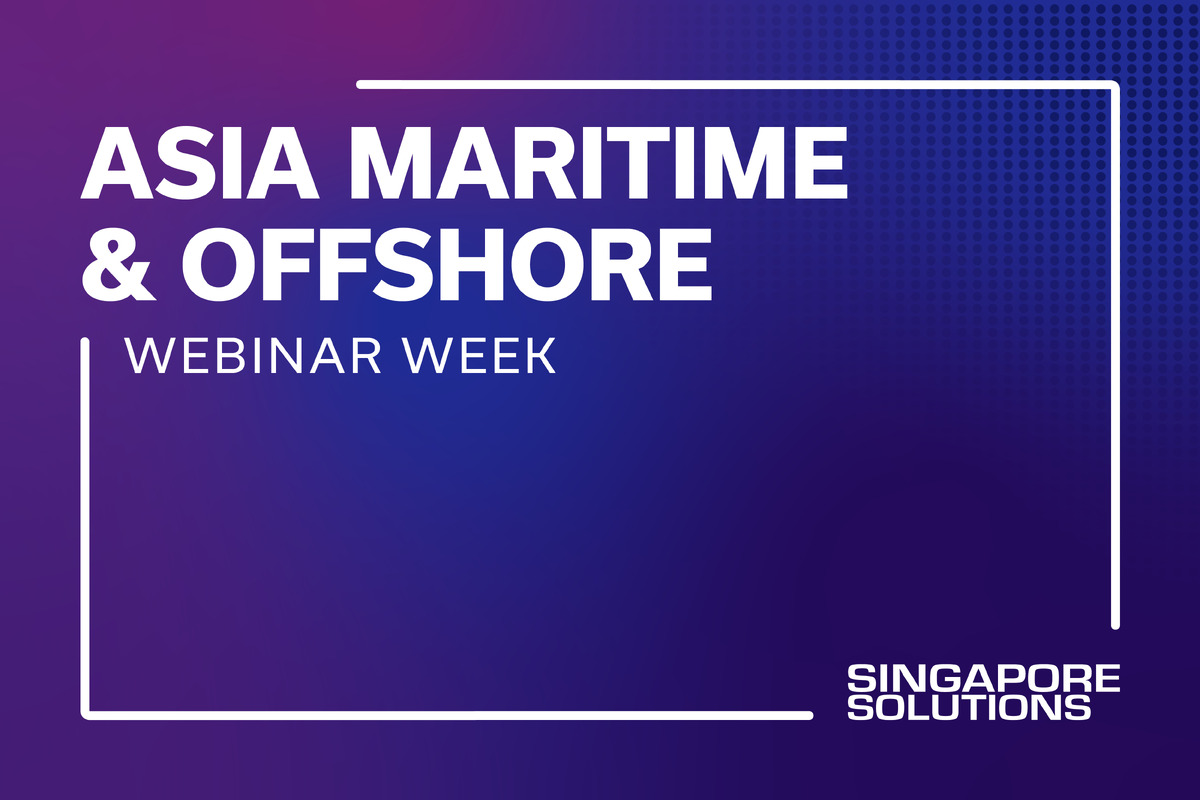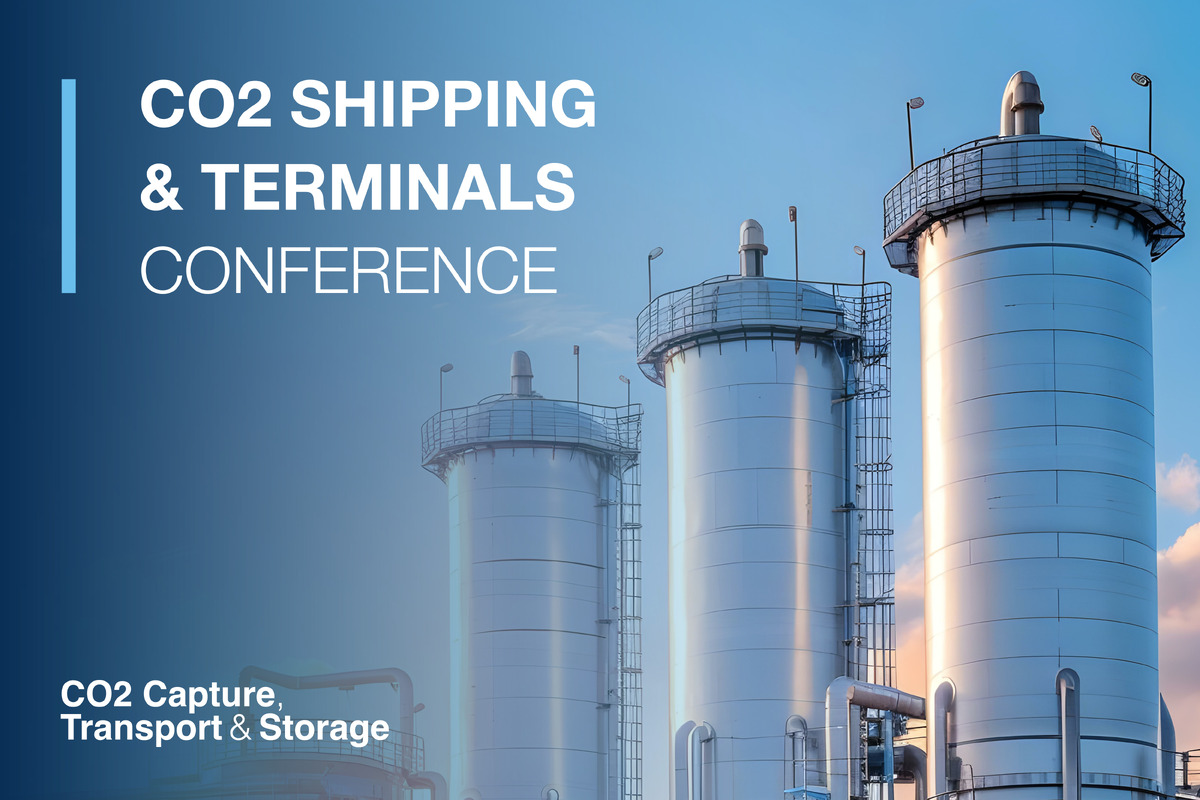Business Sectors
Contents
Register to read more articles.
Ammonia dual-fuel engine shows 90% reduction in GHG, reports Wärtsilä
Significant breakthrough for Wärtsilä dual-fuel engine demonstrated during testing shows the potential of green ammonia to help meet shipping’s net-zero ambitions
Zero-carbon fuels and the engines to use them will play critical roles in achieving shipping’s net-zero emissions ambitions by 2050. One of those fuels is green ammonia. Now, a four-stroke, medium-speed ammonia dual-fuel engine has demonstrated up to 90% greenhouse gas (GHG) emissions reductions in testing, based on a 95% ammonia energy share, compared with conventional diesel engines, according to the engine designer.
The breakthrough was announced by enginebuilder Wärtsilä, which reported the results from the Wärtsilä 25 ammonia engine were assessed against the FuelEU Maritime reference and measured on both a well-to-wake and tank-to-wake basis. These latest results were a further 18% improvement on the solution’s previous emissions performance. The Wärtsilä 25 ammonia engine was based on the engine designer’s low-pressure dual-fuel engines running on natural gas.
Testing on different engine sizes has shown the efficiency of the low-pressure Otto cycle concept is consistent with, and equal to, that of dual-fuel LNG engines, said Wärtsilä. Ammonia is also highly knock resistant, with robust combustion capabilities across a wide range of engine settings.
“With decarbonisation front and centre of our company strategy, we have continued to enhance the capabilities of our ammonia engine solution - adding even more safety features and further improving its performance,” said Wärtsilä Marine vice president, power supply, Stefan Nysjö.
The first Wärtsilä 25 ammonia dual-fuel engine will be integrated into Eidesvik Offshore’s platform supply vessel (PSV) Viking Energy as part of the Apollo project’s mission to fast-track the transition to zero-emissions shipping. This latest test has been carried out by Wärtsilä since the engine’s introduction to the commercial marine sector in November 2023.
“This breakthrough in ammonia engine performance is a major validation of the Apollo project’s approach,” said Maritime CleanTech project manager and Apollo project co-ordinator, Emilie Dorgeville. “It shows that real-world ammonia operations, at scale, can deliver meaningful climate impact. Apollo brings together leading industry partners to test, validate, and derisk this technology on board a commercial vessel. Wärtsilä’s recent results strengthen the foundation for our upcoming demonstration phase and reinforce the value of long-term collaboration across the value chain.”
A highly toxic fuel, ammonia requires specialised handling, supply and safety technologies. In addition to the engine itself, the full Apollo ammonia solution includes an AmmoniaPac fuel supply system, Wärtsilä ammonia release mitigation system and NOx reducer exhaust gas treatment system. These technologies aim to deliver a safe, efficient, and replicable system for ammonia-powered shipping. The enhanced engine performance will be included in Apollo’s test configuration on board Viking Energy, scheduled to enter ammonia operation in 2026.
Sign up for Riviera’s series of technical and operational webinars and conferences:
- Register to attend by visiting our events page.
- Watch recordings from all of our webinars in the webinar library.
Related to this Story
MOL’s Takeshi Hashimoto: decarbonised fuels to be used in combination
Events
Reefer container market outlook: Trade disruption, demand shifts & the role of technology
Asia Maritime & Offshore Webinar Week 2025
Marine Lubricants Webinar Week 2025
CO2 Shipping & Terminals Conference 2025
© 2024 Riviera Maritime Media Ltd.
